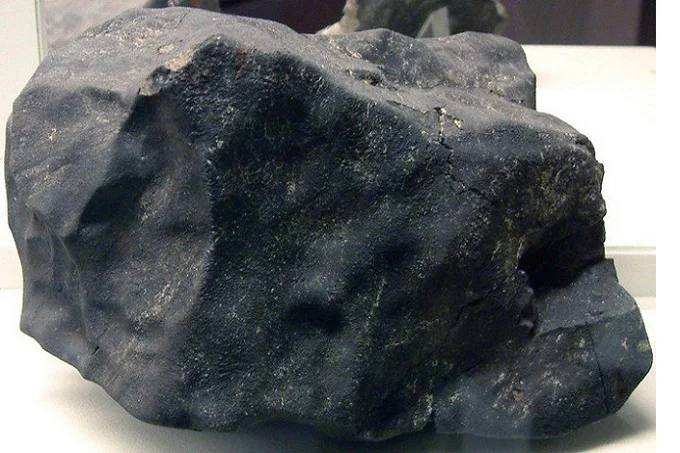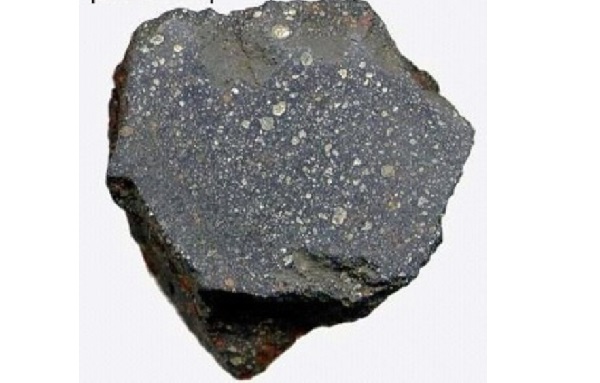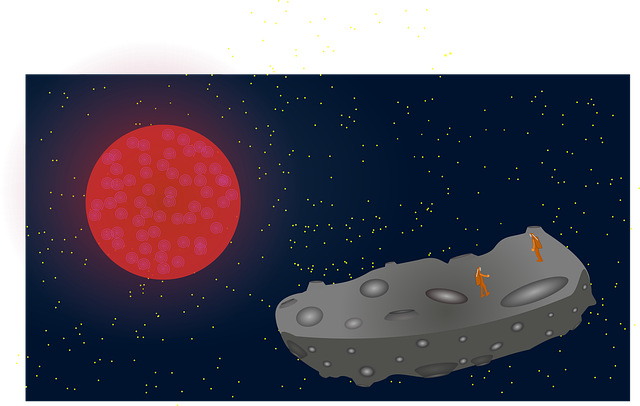The Murchison meteorite: the oldest material on Earth

The earliest solid material ever identified by scientists arrived on Earth 52 years ago. Since then, he’s given us a glimpse into the early days of the solar system and our planet.
History

For a man as a species, 1969 was a watershed moment. Neil Armstrong spoke the legendary words, “This is one little stride for man, one big leap for humanity,” this year. However, just two months after landing on the moon, earth received a special visitor from space.
It was Sunday, September 28, 1969, and the citizens of Murchison, Australia, were getting ready for church. They saw a brilliant orange flame with a blue smoke trail descending to the earth about 10:45 a.m. A loud boom erupted in the region a few minutes later when fragments of the meteorite crashed to the earth. Except for the roof of the house, no one was injured.
The discovery of the Murchison meteorite compelled scientists to dig further into our origins, answering the question, “Did the chemical building blocks of life arise on Earth?” Or did they get a ride from one of these extraterrestrials?
Stardust grains were discovered inside the Murchison meteorite and are the earliest solid substance yet found on earth. Some grains have been around for 7 billion years (whereas our sun is only 4.6 billion years old). The meteorite is thought to have originated during a period when star creation was accelerated.
Meteorites increase in size over time as they travel through space since they do not create overnight. Stars, supernovae, and other alien entities are sources of materials for our meteorites. The grains of the Murchison meteorite vary in age from 7 billion years to hundreds of millions of years. Murchison isn’t the only old meteorite.

The Murchison meteorite is classified as a carbonaceous chondrite because it includes 2% carbon (which is unusual for meteorites) and microscopic silicate globules known as chondrules. A sticky organic substance that smells like rancid peanut butter holds the grains of this meteorite together.
Chondrites are made up of the earliest solid particles that formed as a gas cloud dissipated. Stardust, which is responsible for developing our solar system, makes up the gas cloud. Chondrites are the purest and uncommon space rocks since they have been exposed to the least amount of severe heat.
Unlike other materials, which are losing their significance owing to chemical changes generated by heat, they still preserve knowledge concerning the creation of our sun.
How can we tell whether material is older than the sun?

Galactic cosmic rays abound in the highest realms. These high-energy photons from space sometimes interact with silicon carbide stardust. This causes Si to divide into neon (Ne) and helium (He) isotopes (He). Scientists may use this property to compute age since the creation of He and Ne as a consequence of cosmic rays occurs at a set pace.
A meteorite’s chondrules (silicon carbide grains) are extracted in the lab. After that, they’re put into a mass spectrometer (MS). The MC raises the temperature of the grains to the point where trapped gas is released. Isotopic examination of the released gas may assist in establishing whether it was created as a result of cosmic ray contact or not.
Scientists can determine the age of meteorite materials by counting the quantity of isotopic Ne molecules. Meteorites are the most cost-effective method to travel across space! This very uncommon carbonaceous chondrite provides proof that sophisticated carbon compounds exist somewhere in the cosmos.
Fortunately for us, this meteorite arrived at the scientists fresh and smoking (it was still emitting gases when it arrived at the University of Melbourne) and did not pollute the earth. It has been researched by NASA and other agencies, along with newly obtained moon rocks, because of its opportune arrival timing.
The presence of biochemically essential compounds such as amino acids was discovered during the first study of the meteorite (the building blocks of life). The meteorite included glycine, alanine, proline, valine, and four other important amino acids… but there was a catch. In contrast to life, which favors solely left-handed amino acids, the amino acids identified in meteorites were found in a racemic mixture (a combination of left-handed and right-handed molecules).
Researchers have discovered anything significant after 50 years of researching the meteorite. Complex sugars and polyols, the primary components of DNA and RNA, are found in meteorites. The meteorite contains biologically important sugars such as dihydroxyacetone (a precursor of the body’s enzymes) and glycerin (which aids in the formation of the cell membrane), as well as ribose (a component of DNA).
According to chemists and biologists, the sugar chemistry of extraterrestrial objects might be the missing link to keeping track of what organic components were present during the genesis of life on earth.
A fascinating fact: most scientists believe that a meteorite was responsible for the demise of dinosaurs on earth.
What contribution does this make to our understanding of the origins of life?
Some scientists think that the most critical components for life, such as carbon, oxygen, nitrogen, sulfur, and hydrogen, were introduced to earth by space pebbles bombarding the lifeless planet several billion years ago. The Miller-Urey experiment, which laid the groundwork for prebiotic chemistry, inspired this concept. It’s a field of study that looks at the chemical evolution that led to the synthesis of complex living stuff out of simple molecules.
Professor Harold Urey and Stanley Miller put up an experiment in 1952 to recreate the conditions of a young Earth as life started to thrive. They built an ocean full of primordial soup in their equipment (a mixture containing gases and chemicals that gave rise to the complex life-building substances).
To replicate the sun and geothermal heat, the mixture was heated and exposed to light. Sparks of electricity sometimes imitate thunder. The water started to darken after many days of working on the equipment. The existence of several complex compounds, including amino acids, was discovered during testing of the combination.
In 1972, Miller upgraded his equipment and obtained coded amino acids and other proteins. Some of these were found in the Murchison meteorite later on. These finds piqued the interest of scientists who were trying to piece together the lost history of the chemistry of the early earth. So, on a comet, the missing component for the genesis of life on earth was just uncovered.
Conclusion
The Murchison meteorite is a time capsule that reveals information about the sun’s early activity and the chemical conditions that existed during the solar system’s birth.
After thousands of years of civilization, we still don’t understand how basic chemistry evolved into a self-healing, self-reproducing sophisticated biology. These old black stones may be able to assist us in our quest for answers. The more we search, the more we realize how little we know. “The universe is inside us,” Carl Sagan famously stated. We are built up entirely of stars. ” We are a way of knowing the universe itself.”




